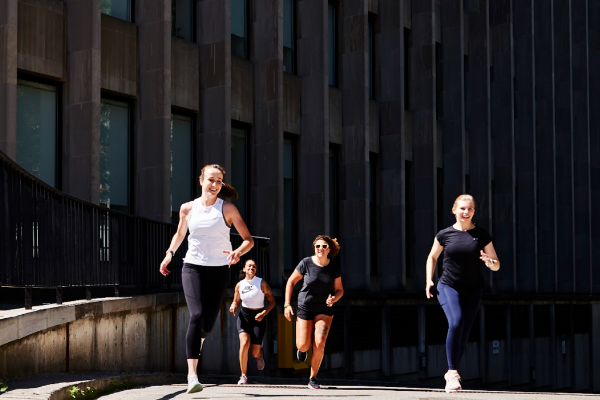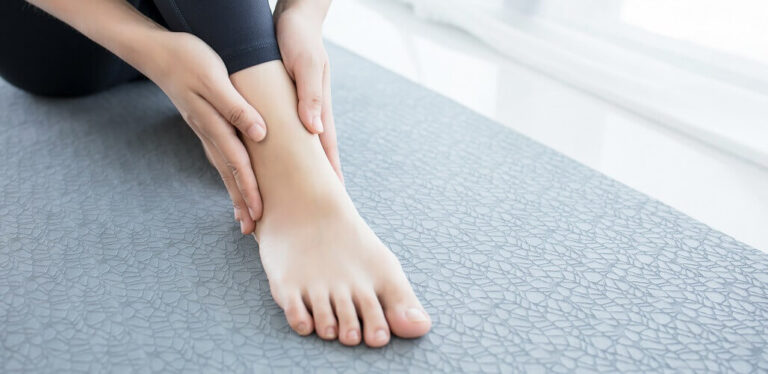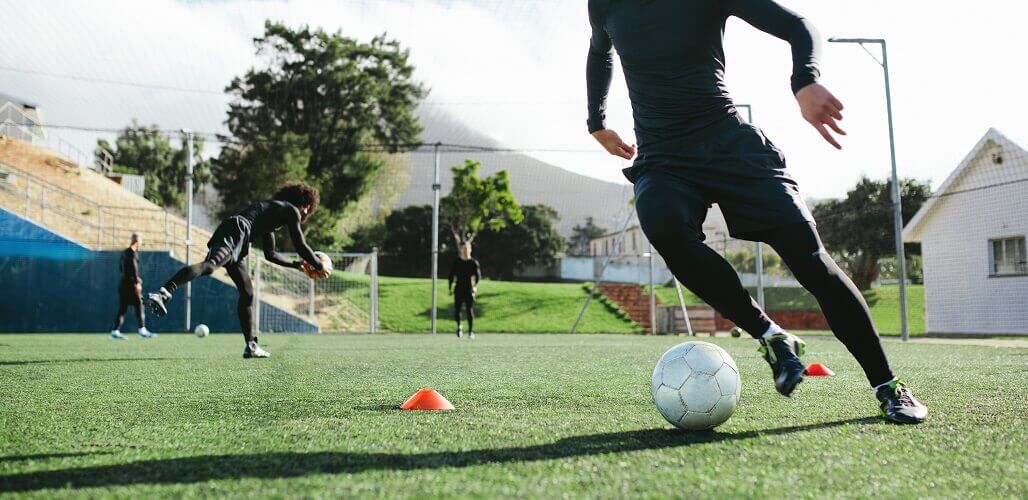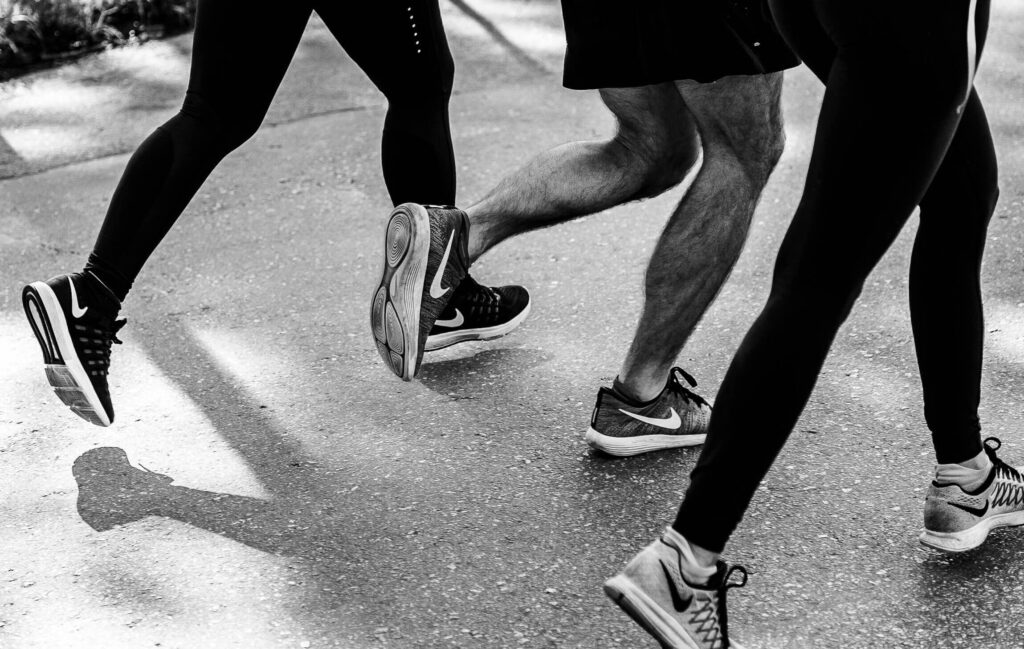
The new year is about reflection, and we're not ones to break tradition! We thought we’d take a moment and reflect on a post from 2017 that covered a topic we find ourselves discussing often. The topic: ITB, specifically, ‘What is Iliotibial Band Syndrome’, you asked for a deeper dive into the subject and we listened.
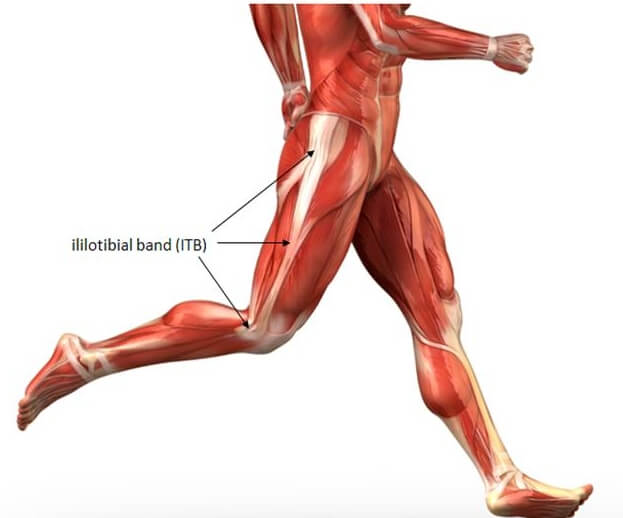
To recap, ITB Syndrome is a overuse injury commonly experienced by long-distance runners. “Biomechanical causes can range from tight hips or muscles, pelvis tilt, running form and leg- length discrepancies issues. More common however are training related causes - uneven running surfaces, running shoes, continuously running the same direction around a track, or too much hill work.”
So, we know what causes ITB syndrome and we've gone over how glute bridges help strengthen our stabilizing muscles thus preventing ITB syndrome from developing. Like any injury the key is prompt treatment. A prompt assessment and treatment plan performed by our skilled physiotherapists means you’ll be back on the road and running pain free as soon as possible.
We redefine rehab at TRP and not only treat the immediate issue, but focus on supplying you with the tools and knowledge to keep you healthy and running for years to come. The following exercises are perfect for strengthening muscles affected by and treating those associated with ITB syndrome.
Kneeling Quad Stretch The kneeling quad stretch is a great stretch for loosening the muscles right above the knee.
- While in a high lunge position with your right foot forward, slowly lower your left knee to the ground. Be sure that your right knee is aligned correctly, it should be directly over your ankle.
- Hold this position for a moment and find your balance. Once you’re stable, with your left arm, reach back for your toes on your left foot.
- Hold this position for 30 seconds. Then slowly and with control, release your hold on your left foot. Come back to the high lunge position, then switch sides with your left foot forward.
- Run through this entire sequence on your right right quad.
Single Leg Mini Squat
The single leg mini squat is a great exercise for improving your knee and hip control.
- Start by standing upright on one leg, with your core nice and tight, your spine tall and your shoulders back.
- Push your hips backward like you’re going to sit down and slowly bend your knee into a single leg squat position. Pay attention to alignment here, the middle of your knee should be track over your second to third toes.
- Slowly return to the starting position.
- Performing this exercise in front of a mirror will help with alignment and balance. Your hip, knee and foot should always remain in a vertical line.
- Perform 10-15 squats on this leg.
- Switch legs and perform the entire sequence on the other leg keeping in mind one side might be harder to keep aligned, this is totally normal!
Single Leg Mini Squats and Kneeling Quad Stretches are perfect for those recovering from ITB syndrome or those simply looking to stretch and strengthen. Knowledge is power and our goal at TRP is to give our patients as much information as we can to keep them healthy and happy. If you’re curious about integrating more runner-focused exercises into your workout or have been experiencing ITB related pain, come chat with us today, you know how much we love to talk running! :)


